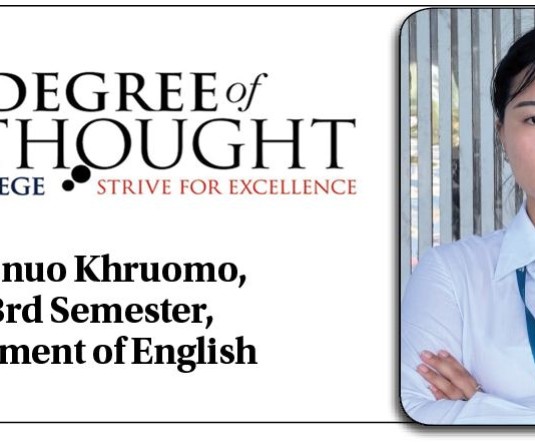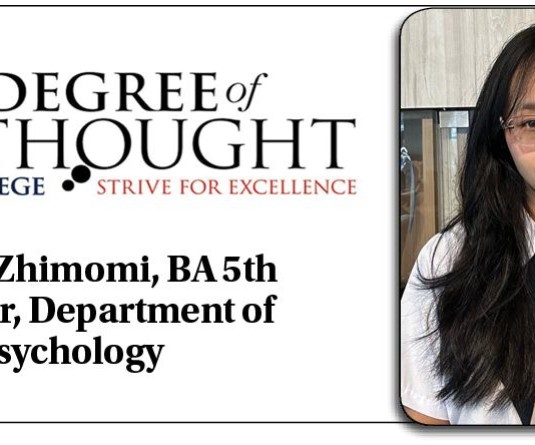
Vocal synthesisers, or vocal synths for short, are "technologies that artificially produce or simulate the human voice, either for speech or singing". The creation of the very first synthesiser can actually be traced back to the VODER (Voice Operating Demonstrator) by Homer Dudley in 1939. Nowadays, vocal synths are mostly used for musical purposes. Some of the most popular programs you might hear about include VOCALOID, UTAU, CeVIO, and Synthesiser V. Each synth has its own voice provider and persona, giving it a unique sound and vibe. The iconic Hatsune Miku is a vocal synth that uses the Vocaloid software. Some other popular voicebanks include KAITO, GUMI, Kasane Teto, V Flower, KAFU, SeeU, Luo Tianyi, and IA. They are available for use in English, Japanese, Chinese, Korean, and Spanish. The VOCALOID software, in particular, has grown so popular that the word vocaloid (vocal+android) has become almost synonymous with the word vocal synth. While the goal is to make these voices sound as close to human as possible, some of their robotic sounds had their fair share of appreciation within the community.
The core components of Vocaloid software can be broken down into:
1. Vocaloid Editor – This is where the user composes the song's melody and inputs the lyrics.
2. Voicebank – This is the database of specially recorded vocal fragments from a human voice actor or singer. The recordings cover all the necessary phonetic sounds and expressions for the languages the particular voicebank is designed for.
3. Synthesis Engine – This is the core technology (developed by Yamaha) that processes the input from the Editor using the sounds from the Voice Bank.
There are a lot of misconceptions out there, like the idea that vocal synths are purely AI and not real music. But they’re just instruments, like guitars or drums, and there are real human producers and composers behind every single song. Plus, they’re super accessible! Anyone can create free vocal synths called UTAU using their own voice. And yes, they often have cute, quirky anime characters—but don't let that fool you. Vocaloid has grown into its own dynamic genre, with music ranging from rock and metal to soft ballads and jazz, all the way to pop and techno, championed by famous producers like Deco*27, UtsuP, Kikuo, PinocchioP, Giga, Porter Robinson, CircusP and many others.
Vocal synths (often called Vocaloids) have been around since 2004 and have stacked up some serious achievements. For instance, Google Japan commissioned a commercial song from kz using Hatsune Miku called "Tell Your World". Then, in 2014, she actually opened for Lady Gaga's artRAVE: The ARTPOP Ball, catapulting her into Western mainstream media. She's also teamed up with popular artists like Set It Off and Ashnikko. Right now, there's even an ongoing song/art collaboration project between Pokémon and Hatsune Miku called Project Voltage, which started in September 2023.
They’ve collaborated with huge franchises and brands, including Fortnite, Louis Vuitton, Lux and Toyota Corolla. At Coachella 2024, Hatsune Miku was one of the performers, drawing major attention. SeeU appeared on stage for the first time on a Korean music show called Inkigayo together with the girl group GLAM. And did you know some of the BTS members were once backup dancers for IA before their debut? Even more, these virtual divas have their own video games, like the Project Diva Series, Project Sekai: Colourful Stage! feat. Hatsune Miku, the Project Mirai Series and other smaller, obscure games.
As virtual and digital idols, Vocaloids don't just stay on a computer screen—they hold their own concerts using holographic projections, LED screens, live bands, and real voice tracks!
• Magical Mirai is a concert series celebrating Hatsune Miku’s birthday, taking place yearly in Osaka, Tokyo, and a third rotating prefecture.
• Miku Expo is a massive world tour that alternates between Asia one year and Europe/North America the next, hitting major global cities.
• Miku With You is an annual concert held in China, often featuring the Tokyo and Osaka Philharmonic Orchestras.
While the concept of virtual artists isn't exactly new, the massive popularity of vocal synths and Hatsune Miku especially, has opened the door for a wave of new virtual artists. This includes groups like MAVE, PLAVE, IRISÉ, K/DA, and Heartsteel, as well as various Vtubers like Kizuna AI, Hoshimachi Suisei, and ROF MAO. As the technology keeps evolving, we can only expect these virtual performers to become even more sophisticated and lifelike!
Have you ever listened to Vocaloid music? Are you interested in trying out vocal synthesisers yourself—maybe even creating your own voicebank to play around with the software?
Degree of Thought is a weekly community column initiated by Tetso College in partnership with The Morung Express. Degree of Thought will delve into the social, cultural, political and educational issues around us. The views expressed here do not reflect the opinion of the institution. Tetso College is a NAAC Accredited UGC recognised Commerce and Arts College. The editorial team includes Chubamenla, Asst. Professor Dept. of English and Rinsit Sareo, Asst. Manager, IT, Media & Communications. For feedback or comments please email: dot@tetsocollege.org






